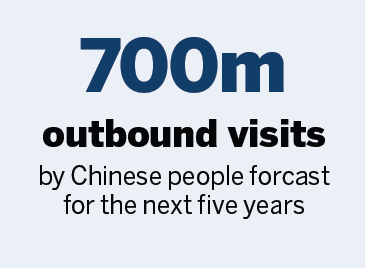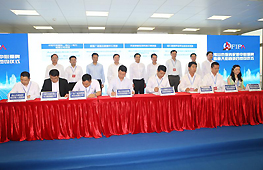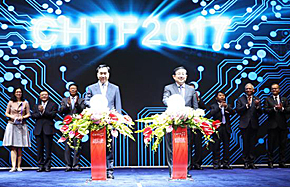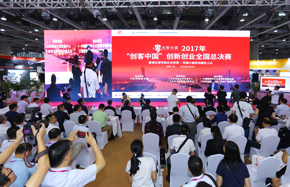Chengdu endorses Belt and Road initiative
The 22nd General Assembly of the United Nations World Tourism Organization, held in Chengdu in September, endorsed the Chengdu Initiative on Tourism Cooperation along the Belt and Road.
It aims to help countries and regions involved in the Belt and Road Initiative to work together more closely in tourism by increasing policyrelated communicat ion, facilitating travel, creating a new cooperation mechanism and improving the quality of exchanges.
The Chengdu initiative also calls for joint tourism promotion and increased exchanges in tourism education. Members are encouraged to deal with common challenges and risks and enhance coordination and cooperation.
Taleb Rifai, secretary-general of the tourism organization, has focused on developing tourism along the Silk Road Economic Belt and the 21st Century Maritime Silk Road during his term.
Rifai proposed the concept of Silk Road tourism 23 years ago.
The timing is perfect for the Belt and Road Initiative, proposed by China in 2013. It enables the ancient Silk Road to have a new lease on life and increases international economic and people-topeople exchanges, thus gaining wide acceptance among the countries and regions involved in the initiative, he said.
Zurab Pololikashvili, who was elected as the new UNWTO chief for the 2018-21 period at the Chengdu assembly, said he agrees with tourism collaboration taking place under the Belt and Road framework.
The initiative helps to combine diverse cultures and draw the countries and regions involved closer together, Pololikashvili said.
Li Jinzao, head of the China National Tourism Administration, said: “It is significant that the United Nationals World Tourism General Assembly was hosted in Chengdu, the start of the southern Silk Road.”
Under the framework of the Belt and Road Initiative, China has signed agreements with more than 60 countries and international organizations.
The Belt and Road links major tourist sources and destinations worldwide. Economies related to the initiative contribute more than 70 percent to the global tourism industry, he said.
As the Belt and Road construction is advancing, related countries and regions will see increasingly enhanced pol icy communicat ion, improved infrastructure connectivity, rising non-barrier trade, higher capital flows and closer cultural ties, Li said.
The China National Tourism Administration has forecast that Chinese outbound visits will reach 700 million over the next five years. Li said he has confidence in the country that it will also be able to attract 700 million visits from abroad during the period.
Ali Asghar Mounesan, vicepresident of Iran and head of the country’s Cultural Heritage, Handcrafts and Tourism Organization, said he hopes that the two countries will work together to boost the bilateral tourism.
About 70,000 Chinese tourists visit Iran each year, similar to the number of Iranians tourists who visit China, most of them involved in trade and business. The two countries have enormous potential to tap into tourism cooperation, he said.
Ali Asghar Khaji, Iranian ambassador to China, said he expects increased cultural and tourism exchanges through the Belt and Road Initiative. Iran will consider Chengdu as a key partner for collaboration, he said.
Maurice Loustau-Lalanne, the Seychelles’ minister for tourism, civil aviation, ports and mar ine, said his country has signed a series of memorandums of understanding on trade and tourism since the Belt and Road Initiative was proposed in 2013.
He expects more Chinese companies to invest i n Seychelles tourism.
Chengdu began direct flights to the Seychelles in July, becoming the second Chinese city to offer such services.
Chen Feng, board chairman of HNA Group, said: “HNA will continue to support Chengdu’s socioeconomic development against the backdrop of the Belt and Road Initiative. I hope the collaboration will enable both HNA and Chengdu to take off.”
The group company signed a strategic partnership with Chengdu during the assembly. Its subsidiaries HNA Tech and HNA Modern Logistics have pledged to invest in a hightech startups center, worth 30 billion yuan ($4.5 billion), and a 20 billion yuan logistics project at the Chengdu Hi-Tech Industrial Development Zone, respectively.






















